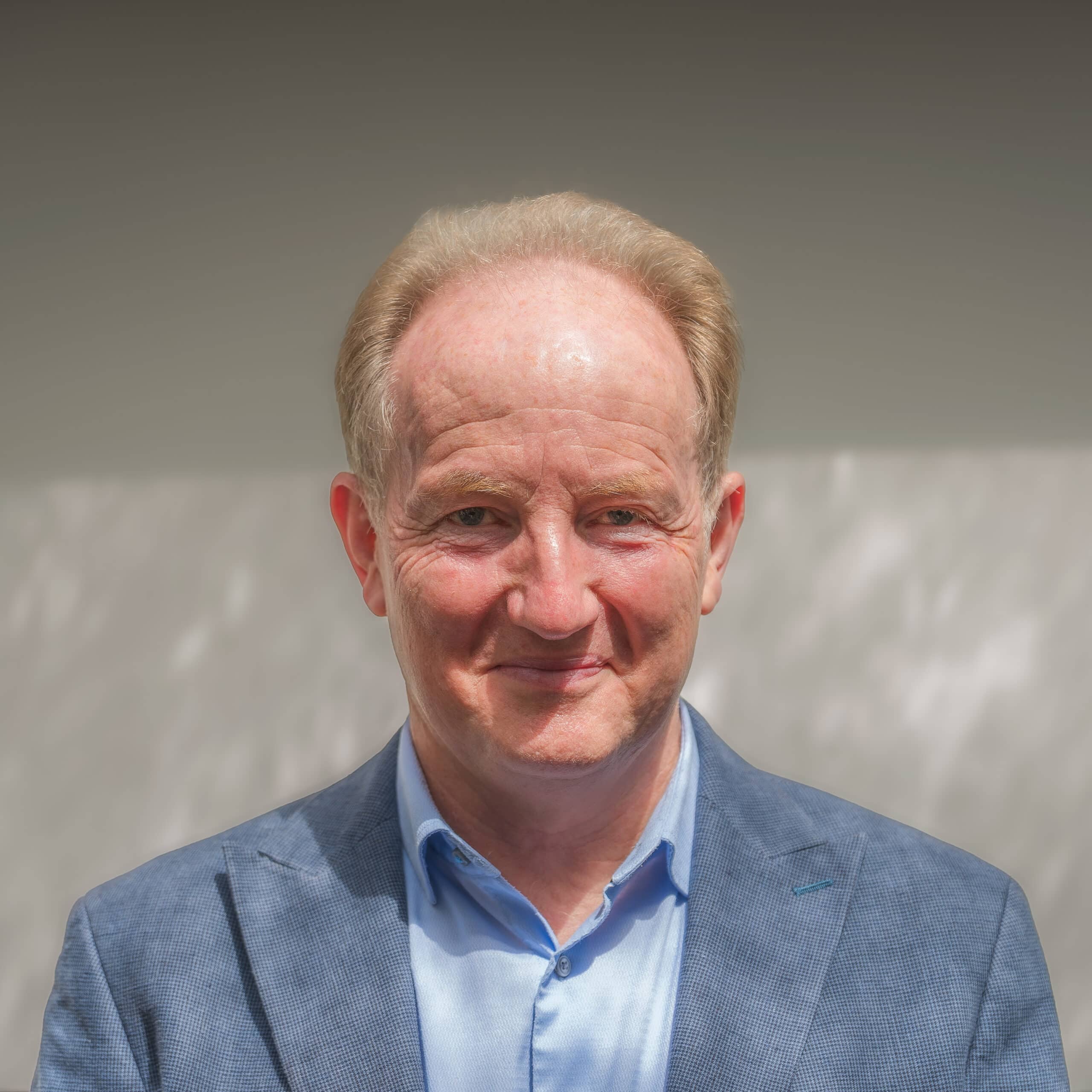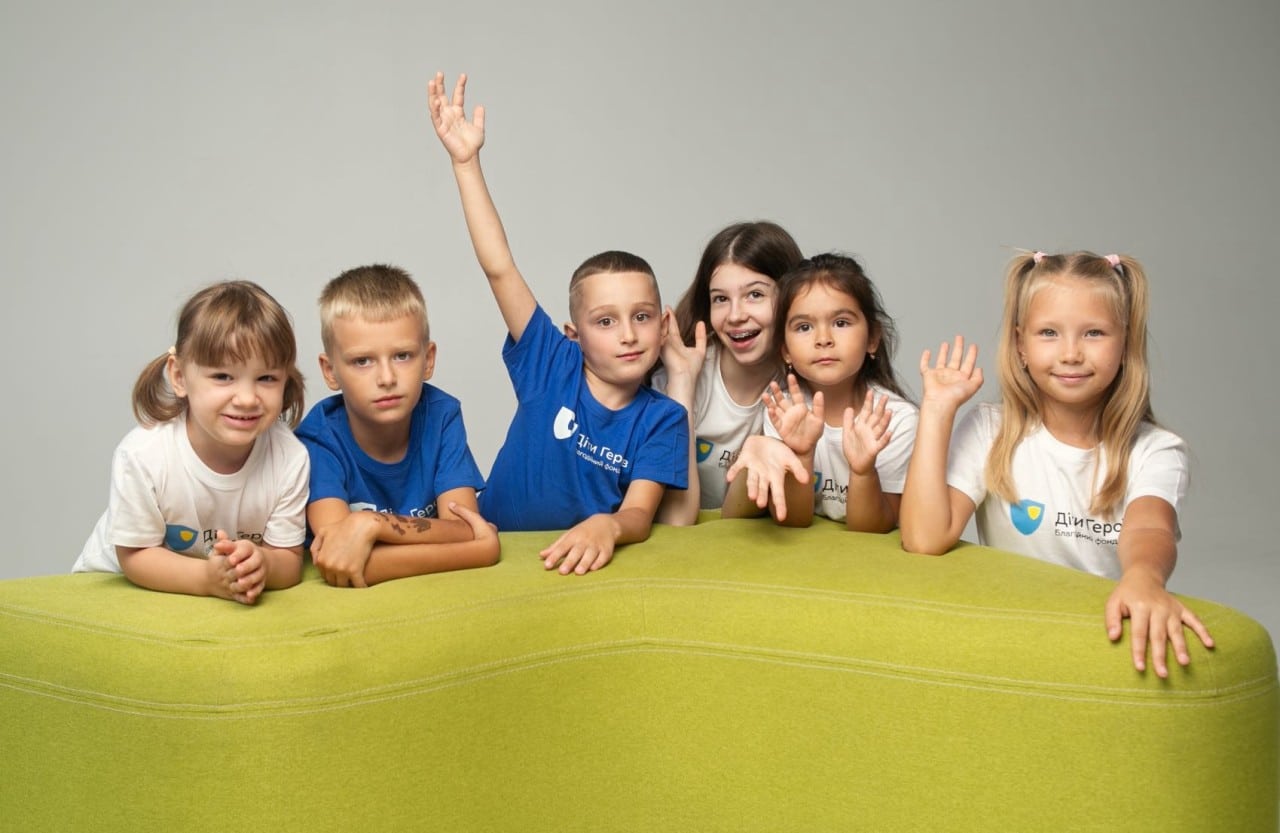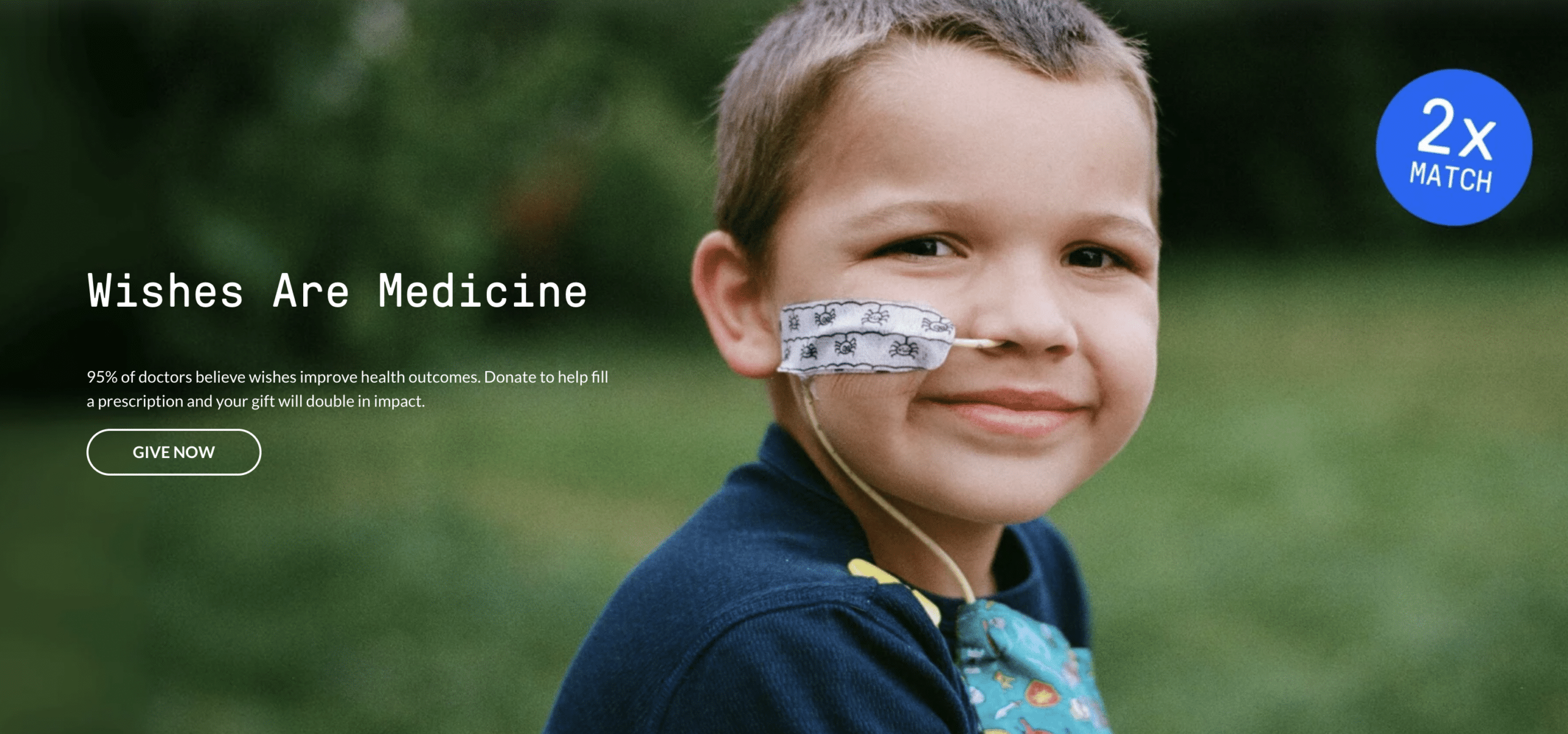A distinctive fundraising model pioneered in war time
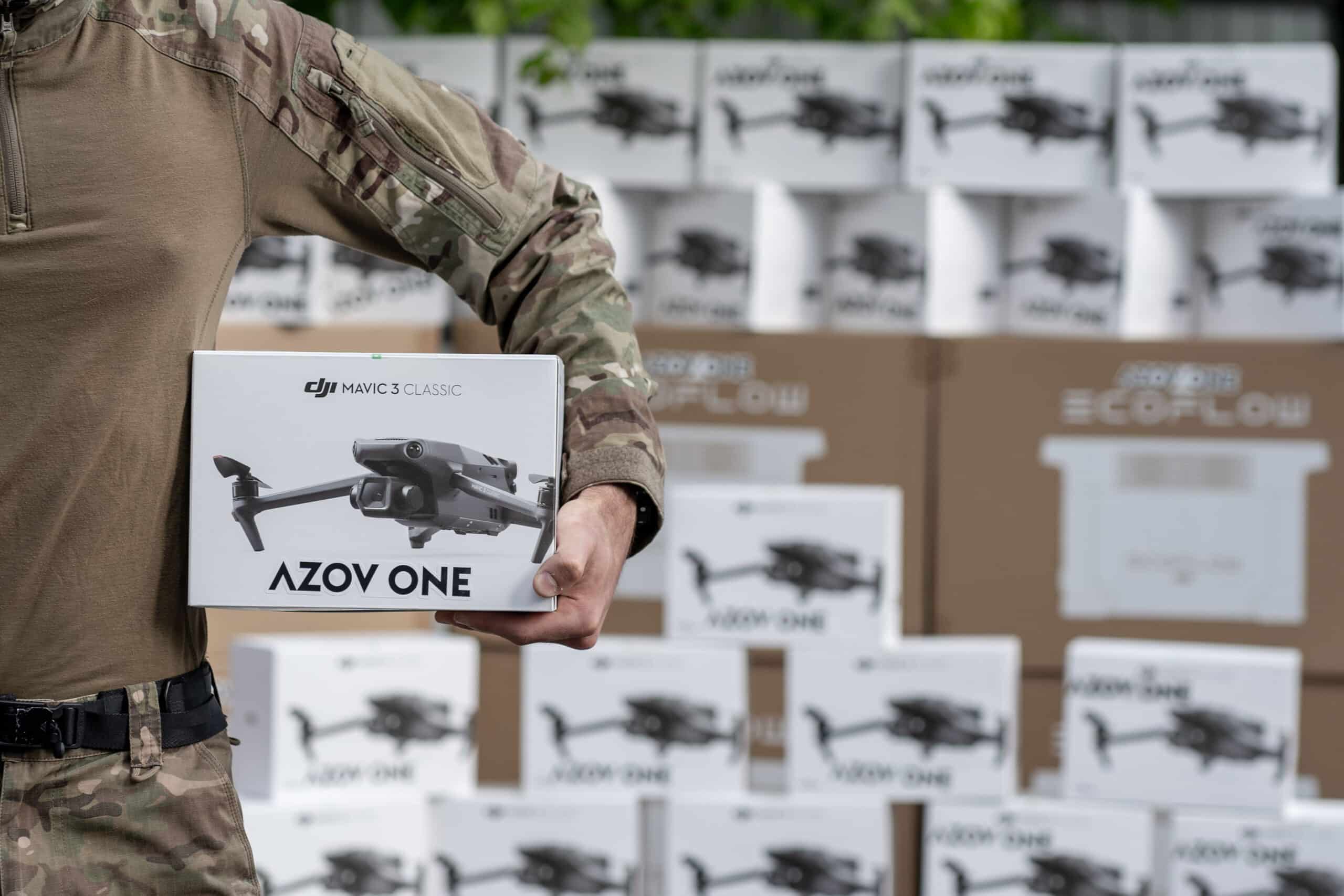
How do you fundraise when your country is at war? When some of your population has fled, when the economy has switched to prioritising wartime needs, and social intrastructure is under enormous pressure? How do you even come up with an effective fundraising model from scratch? A group of Ukrainian volunteers share their success.
Azov, a volunteer brigade within the National Guard of Ukraine, was set up in 2014 when Russia began occupying Crimea, Donetsk and other regions of eastern Ukraine. In March 2022, soon after the start of the Russian invasion, Azov’s fierce defence of the city of Mariupol was acknowledged in media headlines worldwide.
Two months later, Azov servicemen, following the political-military leadership’s order to lay down arms, entered Russian captivity, where many remain to this day. Azov’s continued resistance of the Russian invasion has earned the brigade an increased profile both inside Ukraine and beyond its borders.
The fundraising arm
AZOV.ONE was set up in the winter of 2023 as the official fundraising arm of Azov Brigade. Azov is part of the official military structure of Ukraine and receives most of its funding from the state budget. AZOV.ONE complements that state funding with their own fundraising campaigns.
Since its inception, the organisation has conducted a successful series of major campaigns to raise money to equip Azov with equipment to bolster its operational capabilities. Much of this equipment is difficult to procure (with long lead times and the need to be purchased from abroad) and high tech, including drones, computers and accessory devices.
What started out as a modest fundraising team of three has expanded to 17 in just 18 months. Purchases for the brigade totalled over £1.8 million in 2023. In the first five months of 2024 alone, purchases had already reached approximately £2.7 million, all funded through raised money.
Much of this money was raised through an innovative model known as Tylovyky, which harnesses community-driven support and leads to a profound impact.
Powerful motivations
“Our brigade includes men and women who bravely defend their country and, in some cases, endured
or are still enduring, captivity in Russia. This adds a deeply personal and resilient narrative to our cause,”
says Evgen Vorobyov, head of international cooperation at AZOV.ONE.
“Our work is not just about buying equipment – it’s crucial that we convey to people in Europe and the US that we’re doing this to save lives, such as that of the 22-year-old on the frontline.”
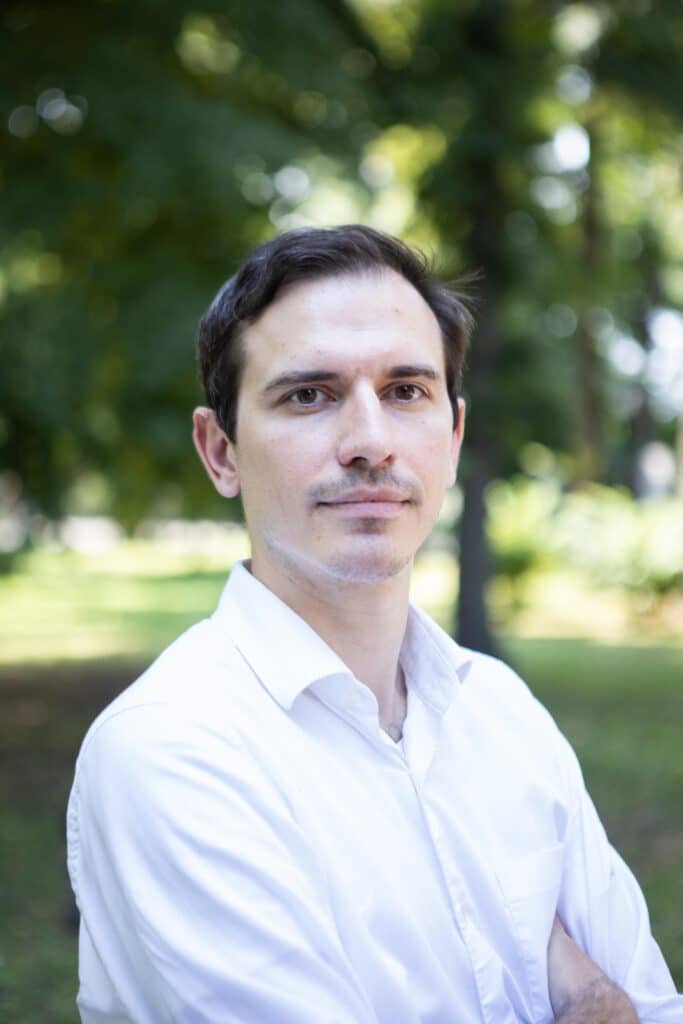
Evgen goes on to explain that the charity is driven by a specific fundraising amount, not by specific timelines. It’s an organisation built on the trust it has with supporters.
“Once we have a goal, we are committed to delivering it – not just for the people on the frontline, but also our fundraising community, who have come to know us as the charity who does what they say they will.”
All AZOV.ONE’s fundraisers are needs-driven. They start with the key question: what is the most needed equipment on the frontline right now? That is followed with research to budget how much is required to procure the equipment and the different manufacturers’ offerings.
Once those questions are answered, the asks are announced on the charity’s own media channels and through direct conversations with existing supporters.
An example where AZOV.ONE responded to an urgent need on the frontline was their fundraiser for and subsequent procurement of 17 armoured vehicles and 500 surveillance drones with night vision capabilities. This state-of-the-art defence technology is now going some way to helping frontline troops protect themselves and innocent civilians from the Russian onslaught.
The Tylovyky model
The Tylovyky model is a grassroots initiative that was launched by three volunteers: Maria Romanova, Alisa Mezhenska, and Daria Chervona.
This support project, run by independent volunteers, is verified and supported by AZOV.ONE. Its purpose is to unite thousands of people to collectively raise small amounts for a single goal. People can get involved in the fundraiser in different ways. They can organise their own individual fundraiser or collaborate with friends for a collective fundraiser.
There are also mentors, who organise teams to raise significant funds and promote their fundraiser. Additionally, there are ambassadors, who tend to be influencers with large audiences. They are issued with digital ‘Ambassador cards’ who then promote their support for AZOV.ONE through their social media. They promote the call to donate to their own, individual networks, organically widening the supporter net.
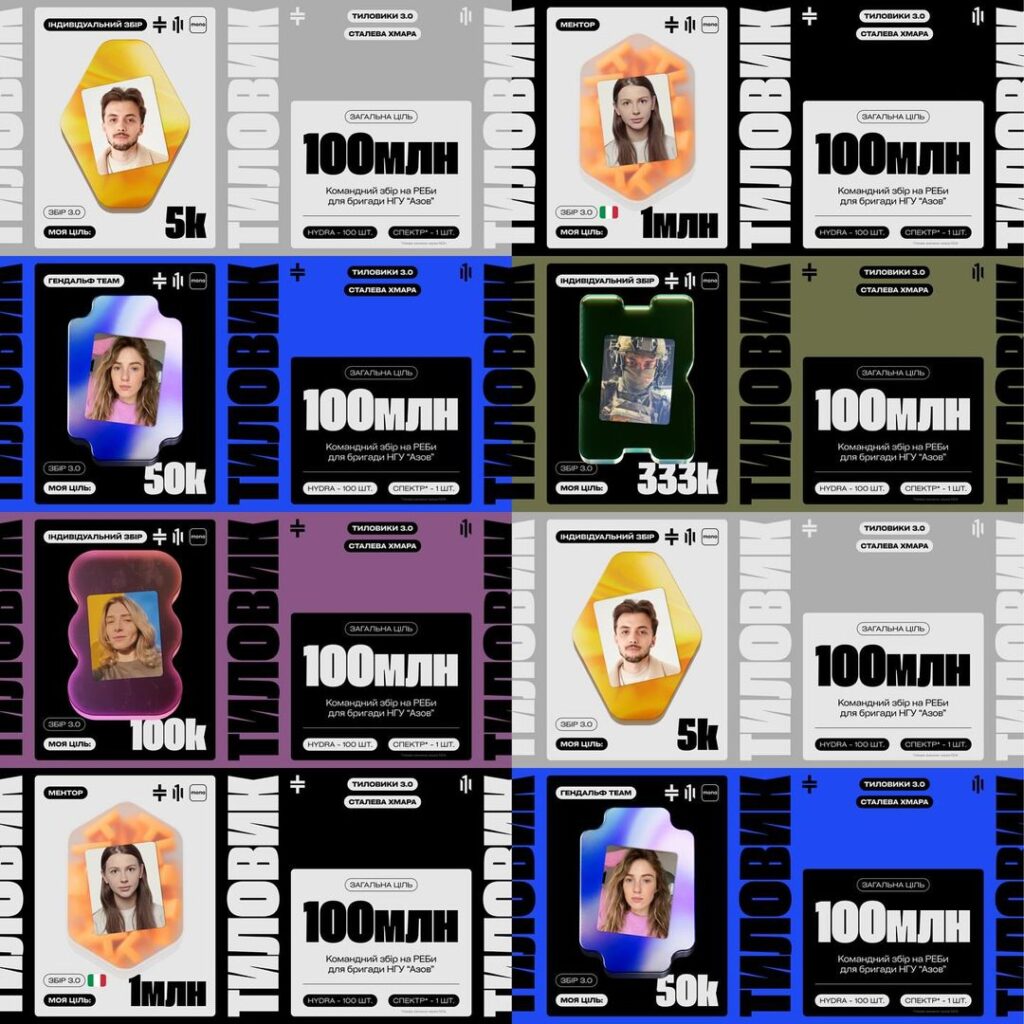
So far, two discrete fundraising waves have been run through the Tylovyky model, raising collectively more than £2 million. A third wave, which is underway at the time of writing, is raising money to buy 101 electronic warfare systems – highly sophisticated pieces of equipment which can be installed onto military vehicles or at command posts which emit an intense signal to jam Russian striking drones.
“Without this equipment, we are susceptible to Russian attacks,” says Evgen. “The systems will protect hundreds of people defending against the Russian onslaught in crucial frontline positions, including those operating medical evacuation vehicles.”
This third and current fundraising wave has a target of almost £2 million – the charity’s most ambitious yet. The money raised in the previous campaigns was achieved through approximately 3,800 fundraisers. AZOV.ONE’s goal is to attract 10,000.
Trustworthy infrastructure
AZOV.ONE have found that the Tylovyky model is scaffolded by Ukraine’s secure online banking system.
“Ukraine’s banks have very sophisticated online tools,” says Evgen. “People know they can donate safely, and their money won’t be defrauded, stolen, or not reach the intended destination. The big financial institutions are helping us in that way – they create the infrastructure on which we’ve been able to build.”
The ambassadors each have a special bank account that members of their network can pay into. It’s not
their private account, but it allows them to deposit money on the charity’s behalf, making donations
quick and easy.
Who are the supporters?
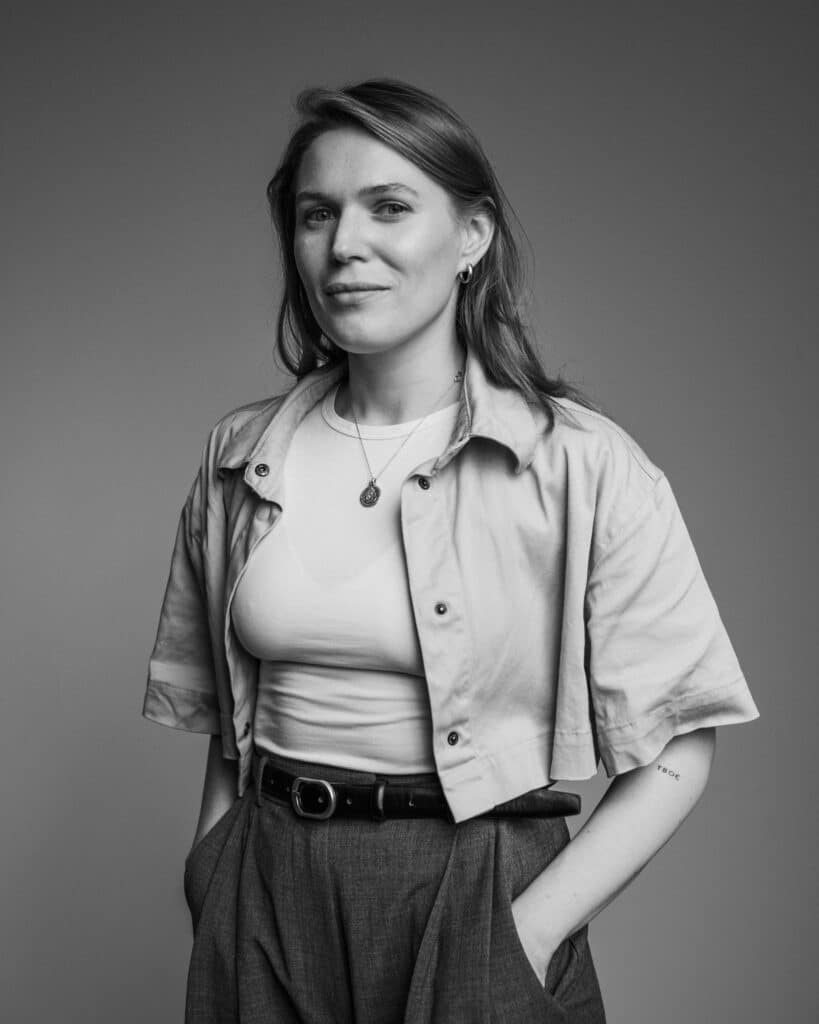
AZOV.ONE’s biggest audience is the individual Ukrainian citizen, along with some people abroad.
Olena Martynenko, international communications specialist at AZOV.ONE explains.
“Our supporters are everyday people. We have donations ranging from $1 to sizeable sums. Our ambassadors are often young people who are active on social media, especially Instagram. They’re employed, with active social lives, they follow the news and are socially engaged – they’re the backbone of Ukrainian civil society.
“Many are aged 27 to 32, are in IT or creative industries, and are proud to display the Ambassador Card on their socials. It not only looks cool – but it feels cool too – to know they’re doing something proactive to help protect lives and secure Ukraine’s future.”
Unique challenges
Military fundraising in Ukraine at the moment is a competitive landscape. “In the third year of war, we’re aware attention is waning and support could erode,” says Olena.
“Sustaining awareness that our people are still fighting and defending is critical, as is conveying their struggles. It’s about giving them the tools they need to protect their lives on the frontlines – that’s exactly why drones and anti-drone systems are most essential now. We’re explaining the realities of life on the frontline to people at home and abroad who may have a superficial understanding of what war is like. We try to explain what life is really like for servicemen and women and that they need our support.”
Another challenge for AZOV.ONE is that high tech equipment isn’t always easy to explain. The charity therefore focuses on the message that it will save lives.
“This inspires people more than talking about the ins and outs of the tech,” says Olena. “And that’s so important, especially now when the Ukraine economy is going through a turbulent time. People don’t have high levels of disposable income. They have to make difficult choices about who they’re going to donate to.”
Objections
Azov Brigade is a constant target of Russian propaganda and has been a subject of debate. In its early days, some individuals were alleged to be linked to far-right groups. Now, it insists it has moved on, stating:
“Azov Brigade of Ukraine’s National Guard is a military unit without political affiliations. As a legitimate part of the Ukrainian military structure and a unit of the National Guard, Azov is committed to upholding democratic values, human rights, and the rule of law.”
The USA has just (11 June 2024) removed the Azov Brigade from its Appropriation Bill. In other words, its prohibited list, meaning it will no longer be cut off from receiving military assistance in terms of weapons and training. The BBC reported that a state department spokesperson told them that a vetting process of Azov Brigade “found no evidence of gross violations of human rights” by the brigade.
Unique fundraising organisation
Where AZOV.ONE is unique as a fundraising organisation is that they focus on one unit specifically. They do not procure equipment available through other fundraising sources. Instead, they focus on equipment that is much harder to get.
“This” Evgen says “is where we bring value.”
Top three tips from Evgen and Olena:
- Transparency is so important. We create feedback loops by answering people’s questions and we’re always honest with our responses. They often want to know how the equipment will be used and what it does, and we’re always candid with our answers so people know what their money is going towards.
- Take a human, responsive approach with communications. We have internal communications managers, one for Ukraine and one for international supporters. We scan social media, including Reddit, Twitter, Facebook and Instagram, and nurture the curious. Even if there’s no promise of financial support, we communicate – not as a distant organisation, but as individuals who personally know people on the frontline. That connection makes a huge difference.
- Focus on a specific need. We are always very clear about what we need, why we need it and how much we need to raise. We explain what makes us a credible organisation and why we’re best placed to procure the equipment. And we never fail to communicate the outcome. All this builds trust and is a core reason people choose to support us – because they know we’ll deliver on our promises.
